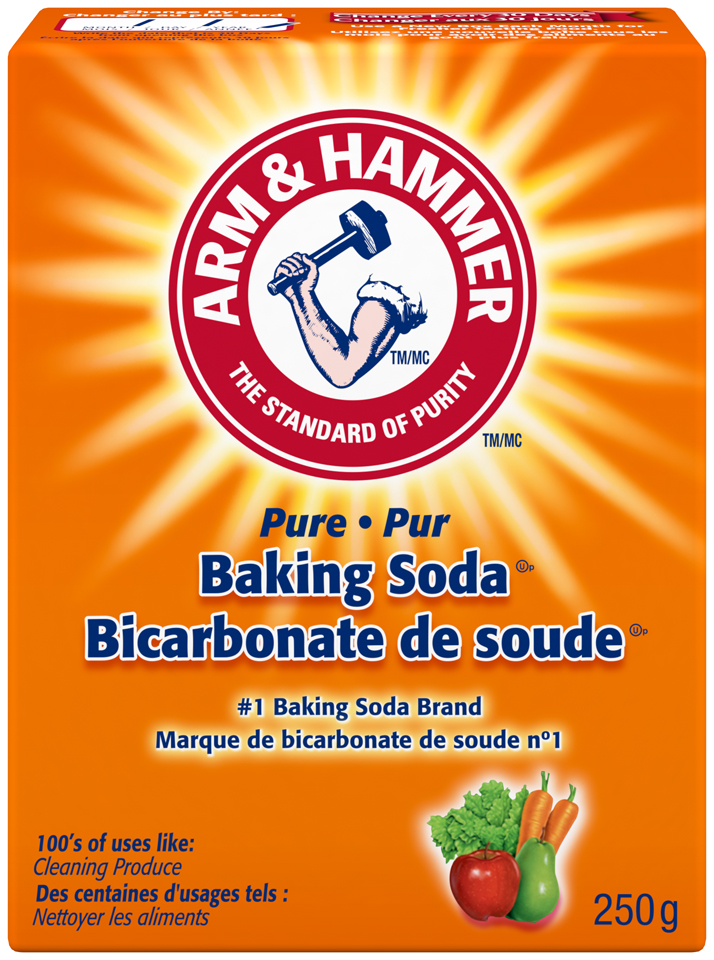- Clear off leaves and debris and pump off excess water on your pool cover to keep as much of it from going into your pool water as possible.
- Remove the cover, then clean it and let it dry before storing it for the summer.
- Make sure all skimmers, filters, pumps, hoses, drains and equipment are clean.
- Reconnect your pool pump, filter, hoses and all electrical equipment; re-attach your ladders and diving board.
- Remove all winter plugs and reattach drain plugs.
- Skim the surface of the pool water to remove debris and clean pool walls and floor with a pool brush and vacuum to remove algae and bacteria.
- Turn on the power and run the circulation and filtration systems; let the filter run for at least 12 hours.
- Check to make sure all equipment is working properly.
TIP: Lubricate the bolts to prevent rusting — and to make removing them easy when you’re closing the pool.



